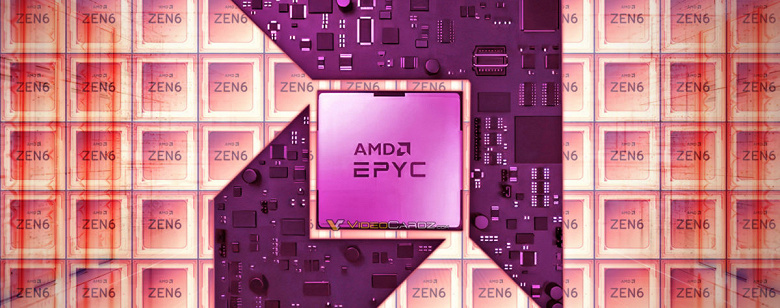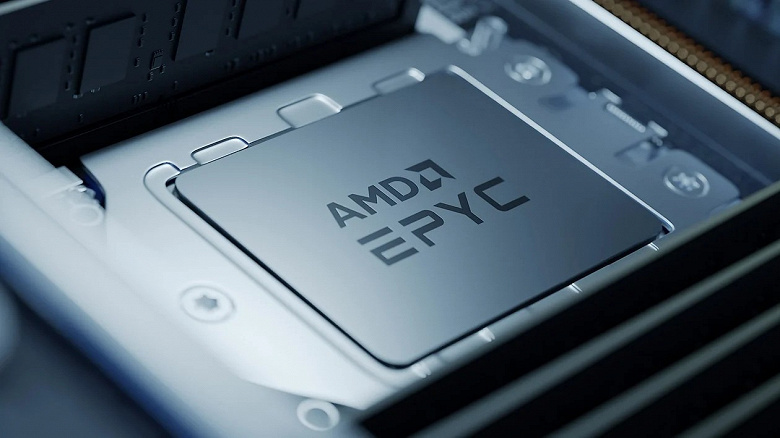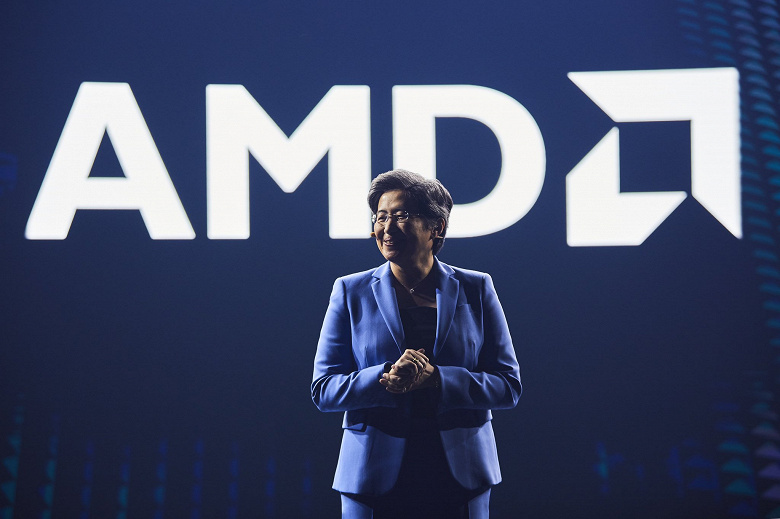AMD had to give way to Intel in the desktop and mobile segments of the processor market
Mercury Research’s November data indicated that AMD controls about 20.1% of the desktop CPU market, a figure that has grown steadily since late 2017 when the Ryzen family claimed its rights. The latest statistics indicate a trend change: in fact, Intel managed to win 0.8% of the desktop processor market from AMD.









